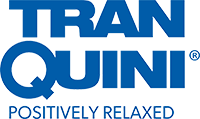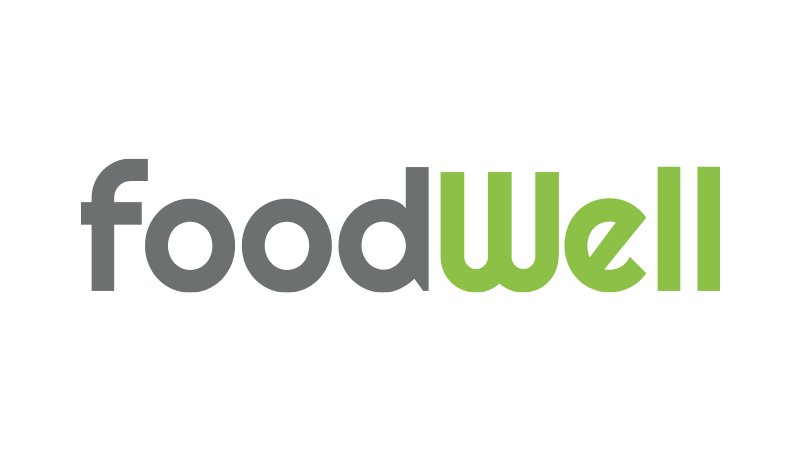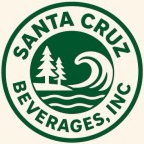
Introduction
China F&B Regulations are tightening. In August 2025 alone, customs rejected 617 imported food batches due to unqualified labeling (25.4%), non-compliance with national food standards (26.1%), and cargo–certificate mismatches (9.4%).
Despite stricter enforcement, China remains a top destination for global F&B trade. In 2024, it was the world’s second-largest food importer, with imports valued at USD 197 billion, much of which feeds its processing industry.
For global brands, this combination of opportunity and enforcement means compliance is now a strategic imperative. This article outlines the latest China F&B regulations, common pitfalls, and actionable strategies to navigate this complex environment.
Key Developments in China F&B Regulations
Strengthened Food Safety Oversight
China is tightening supervision across high-risk products and transportation. In September 2025, the Standing Committee of the National People’s Congress amended the Food Safety Law, introducing stricter licensing for bulk liquid transport, mandatory container inspections, and higher penalties for violations. This aligns with broader efforts to enhance hygiene standards and consumer trust.
Additive Standard Update: GB 2760-2024
Released in March 2024 and effective February 2025, GB 2760-2024 refines permitted additives, limits certain flavor compounds, and requires pre-approval for novel ingredients. GB 2760-2024 covers preservatives, colors, antioxidants, nutritional fortification agents, enzymes, chewing gum bases, and processing aids. Only listed additives may be used. Compliance is critical for both domestic and imported products.
Novel Ingredients, Health Foods, and Special Food Categories
Any ingredient without a history of consumption in China is classified as “new,” even if widely used elsewhere. This includes plant extracts, cultured meat, fermentation-derived proteins, and insect-based ingredients. NHC pre-market approval is mandatory before import or use in finished products. (Keller & Heckman, 2025).
Additionally, any product marketed with health benefits is a health food. SAMR requires product-specific and company-specific pre-market approval. Only approved health claims can appear on packaging.
Check our article on Global Flavors Driving F&B Innovation in China for examples of compliant product development.
Revised Dairy Standards
Updated in September 2025, new UHT and fermented milk standards eliminate reconstituted milk use and ease technical thresholds for fermented products. Analysts project China’s yogurt market will exceed RMB 300 billion (USD 42 billion) by 2030, emphasizing growth opportunities for compliant, high-quality dairy products.

Cross-Border E-Commerce (CBEC) Food Recall Enhancements
SAMR’s September 2025 draft policy mandates that overseas manufacturers bear primary responsibility for online food safety. CBEC sellers must halt sales and conduct recalls when risks are detected. This ensures online sales align with domestic safety regulations.
Impact of China F&B Regulations on International Businesses
Foreign brands must prepare ingredient origin reports, manufacturing protocols, processing disclosures, and certified Chinese-language translations. Mismatches or errors in any of these often lead to rejection.
Compliance Pitfalls
These issues can cause delays, rejections, and costly rework.
- Incorrect or incomplete Mandarin labeling
- Discrepancies between cargo and certificates
- Missing temperature logs or supplier certifications
- Use of unapproved additives
Supply Chain & Logistics Complexity
China’s regulations extend to transport, packaging, and traceability. Liquid, cold-chain, and perishable goods now require enhanced monitoring of container conditions, chain-of-custody logs, and supplier certifications.
Effective Compliance Strategies for F&B Companies
Build a Robust Compliance Framework
Start by mapping regulatory risks across your supply chain. Identify high-risk ingredients, production processes, and countries of origin. Standardize production protocols, and conduct internal audits to detect weaknesses early. Regular verification of compliance before filing documentation helps minimize the risk of shipment rejection or penalties. Align your processes with requirements from the General Administration of Customs of China (GACC) and the State Administration for Market Regulation (SAMR) to ensure comprehensive compliance. China Briefing emphasizes that structured compliance systems are essential for international F&B businesses entering China.
For broader insights on combining compliance with market strategy, see China F&B Market: 3 Proven Strategies Top Brands Use to Win.
Leverage Technology for Traceability and Monitoring
Digital tools centralize compliance management and improve visibility across the supply chain. Cloud-based platforms can track production conditions, maintain audit logs, and store supplier documentation. Blockchain solutions add end-to-end transparency, providing regulators with clear audit trails for ingredients and processing steps. Companies that implement these technologies can reduce inspection delays and strengthen credibility with customs authorities.
Pilot Products in Regulated Zones
Before nationwide rollout, test new products in coastal provinces or free trade zones. These areas often allow limited regulatory flexibility, which can help validate labeling, documentation, and logistics processes without full exposure. Insights from pilot tests help refine processes and prevent costly errors during broader launches.
Partner with Local Experts
Local regulatory consultants and legal specialists provide critical insights into province-level rules, preferred documentation formats, and past inspection trends. They assist with pre-submission reviews and guide companies through complex registration procedures, including those managed by the Certification and Accreditation Administration of China (CNCA), which oversees overseas manufacturer registration for high-risk categories such as dairy, meat, and functional foods. Leveraging local expertise is key to reducing compliance risk and accelerating approvals.
Staff Training and Internal Audits
Establish regular training programs focused on labeling rules, documentation standards, and regulatory updates. Conduct internal audits and mock inspections periodically to maintain operational readiness. Well-trained teams help ensure that inspection requests are handled proactively and that compliance standards are consistently applied.
Manage Documentation and Import Requirements
Smooth customs clearance requires comprehensive documentation, including:
- Overseas Manufacturer Registration Certificate
- Health certificates
- Certificates of origin
- Product-specific testing reports
Maintaining certified Chinese translations is essential. Incomplete or inaccurate documents remain a leading cause of import rejection.
Plan for Export Compliance
For Chinese F&B companies exporting internationally, adherence to standards like HACCP and ISO 22000 is critical. Partnering with certified logistics and trade service providers ensures compliance with environmental controls, such as temperature and humidity, reducing the risk of batch rejection at destination markets.
For businesses aiming to streamline their cost calculations across borders, our cross-border pricing calculator offers a valuable tool. This can be especially beneficial during the preparation of comprehensive import documentation.
Learn how brands combine regulatory compliance with market success in our article China F&B Market: 3 Proven Strategies Top Brands Use to Win.
Import & Export Mechanics in China F&B Regulations
Import Requirements & Challenges
Mandatory lab testing, environmental control compliance, and complete documentation are prerequisites for customs clearance. Inspections can delay shipments by weeks.

Exporting from China
Compliance with HACCP and ISO 22000 is critical for Chinese F&B firms exporting internationally. Partnering with certified logistics providers ensures smooth cross-border operation
Future Trends in China F&B Regulations
Full-Chain Traceability
China is enforcing ingredient origin tracking down to farms or production sites, particularly for dairy, meat, seafood, and functional foods. Digital traceability and robust supplier documentation are increasingly essential for inspections.
Digital Reporting and Real-Time Submissions
Regulators now require online portals for ingredient data, production records, and inspection logs. Early adoption of digital reporting tools ensures faster approvals, audit readiness, and improved supply chain efficiency.
Sustainability and Organic Alignment
Aligning products with sustainable or organic standards strengthens market positioning and prepares for future regulations. Certified claims should be verified and documented for customs inspections.
Selective Import Corridor Adjustments
China has selectively reopened eligibility for 106 U.S. pork and poultry plants in 2025. Brands should monitor such corridors and maintain documentation, lab testing, and food safety compliance to benefit from eased import restrictions.
Actionable Takeaway
Adapting early to these trends transforms compliance from a legal obligation into a strategic advantage. Investments in traceability, digital reporting, sustainability, and robust compliance infrastructure accelerate market access and strengthen competitive positioning.
Explore how other international brands turn compliance into strategy in 6 Flavor Trends That Will Define 2025 and Beyond
FAQs
1. What are the key F&B regulatory changes affecting imports to China?
Stricter traceability, updated additive and labeling rules under GB 2760-2024, enhanced digital reporting, and sustainability-focused regulations are key. Early compliance prevents import rejections and improves market access.
2. How can foreign companies ensure compliance with China F&B Regulations?
Implement structured compliance frameworks, standardize production protocols, partner with local regulatory experts, and maintain accurate Chinese-language documentation. Conduct internal audits to prevent labeling and registration errors.
3. What role does technology play in regulatory compliance?
Cloud-based platforms, blockchain, and monitoring systems centralize compliance, provide traceability, and reduce inspection delays. Early adoption enhances supply chain transparency and operational efficiency.
4. Why are local regulatory and legal partners important for F&B businesses?
They guide companies through CNCA registration, provincial rules, documentation standards, and past inspection trends, reducing compliance risk and speeding approvals.
5. What are the most common compliance pitfalls for international F&B companies?
Frequent errors include inaccurate labeling, mismatched cargo and certificates, incomplete records, and unapproved additives. Proactive audits and verification systems are essential to avoid import rejection.
Conclusion
Compliance with China F&B regulations is now a strategic advantage, but navigating it doesn’t have to be a risk. With the right frameworks, technology, and local expertise, global brands can turn compliance into a competitive edge.
GourmetPro’s network of seasoned regulatory, legal, and R&D specialists have done it all before.
Book a strategy call to unlock low-risk, high-value guidance that keeps your products compliant, market-ready, and ahead in China’s dynamic F&B market.


%206.png)
.svg)






.svg)



.svg)
.svg)
.svg)
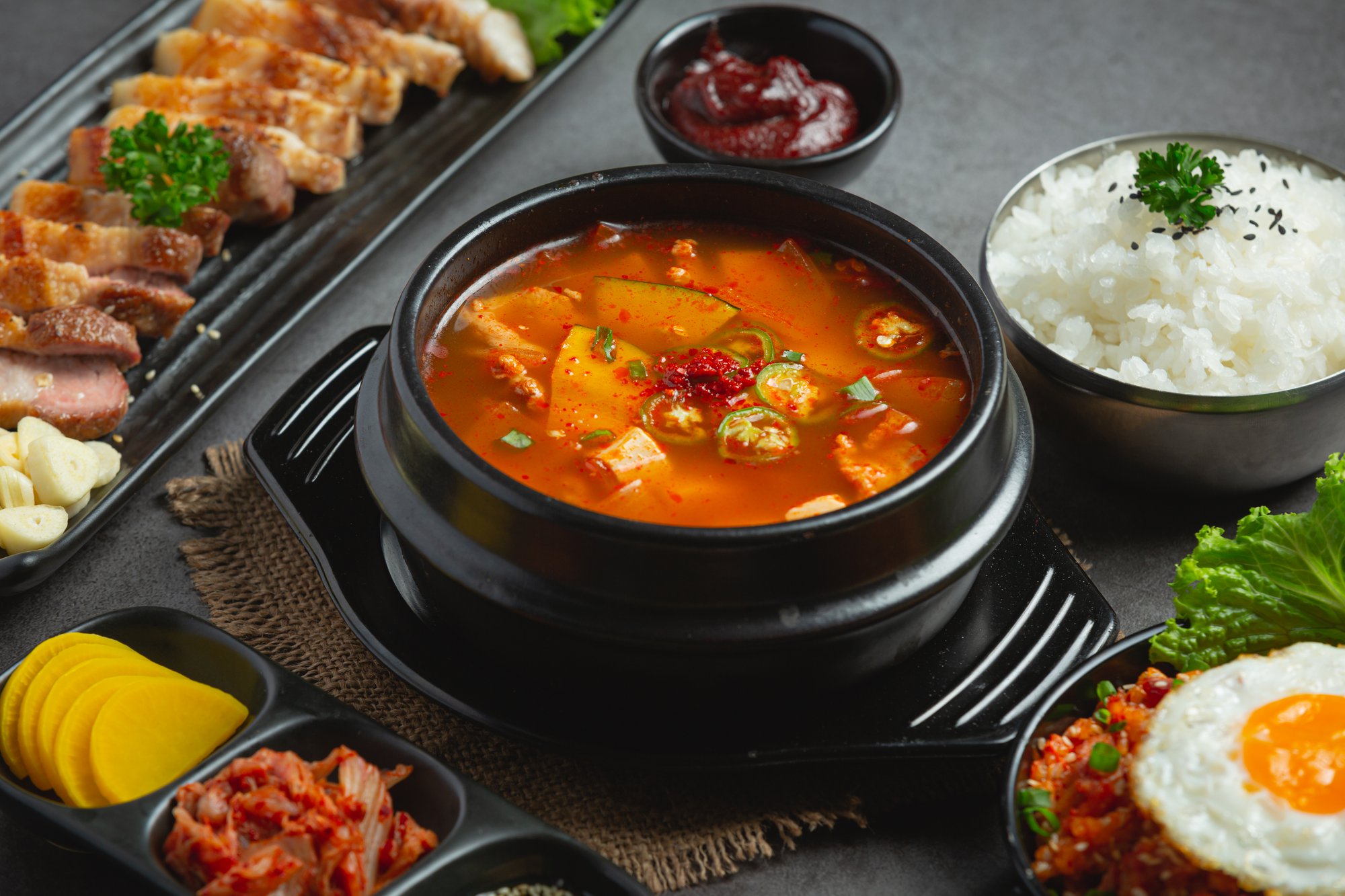
.svg)



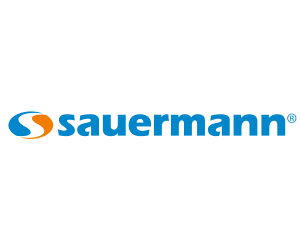



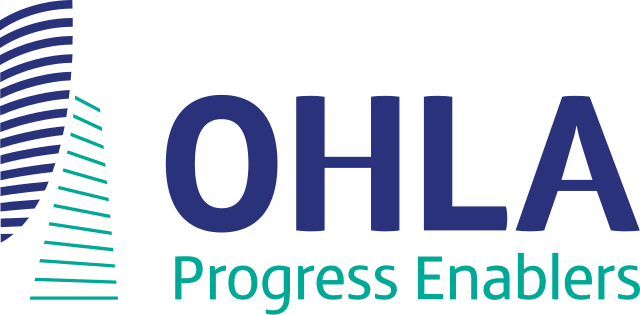
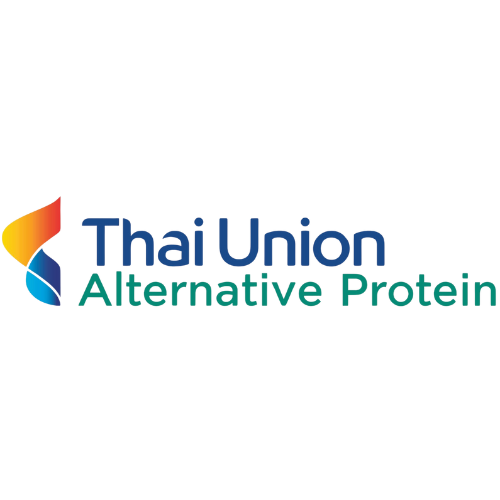
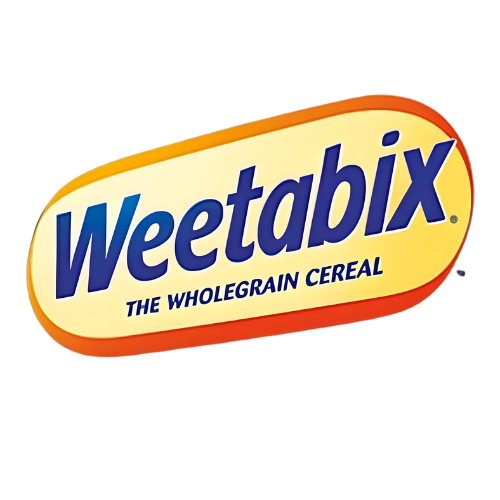
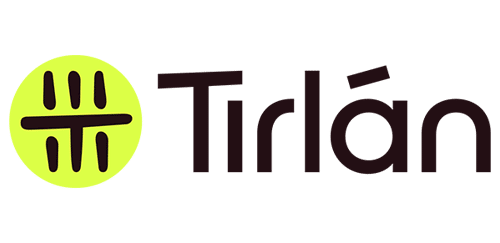

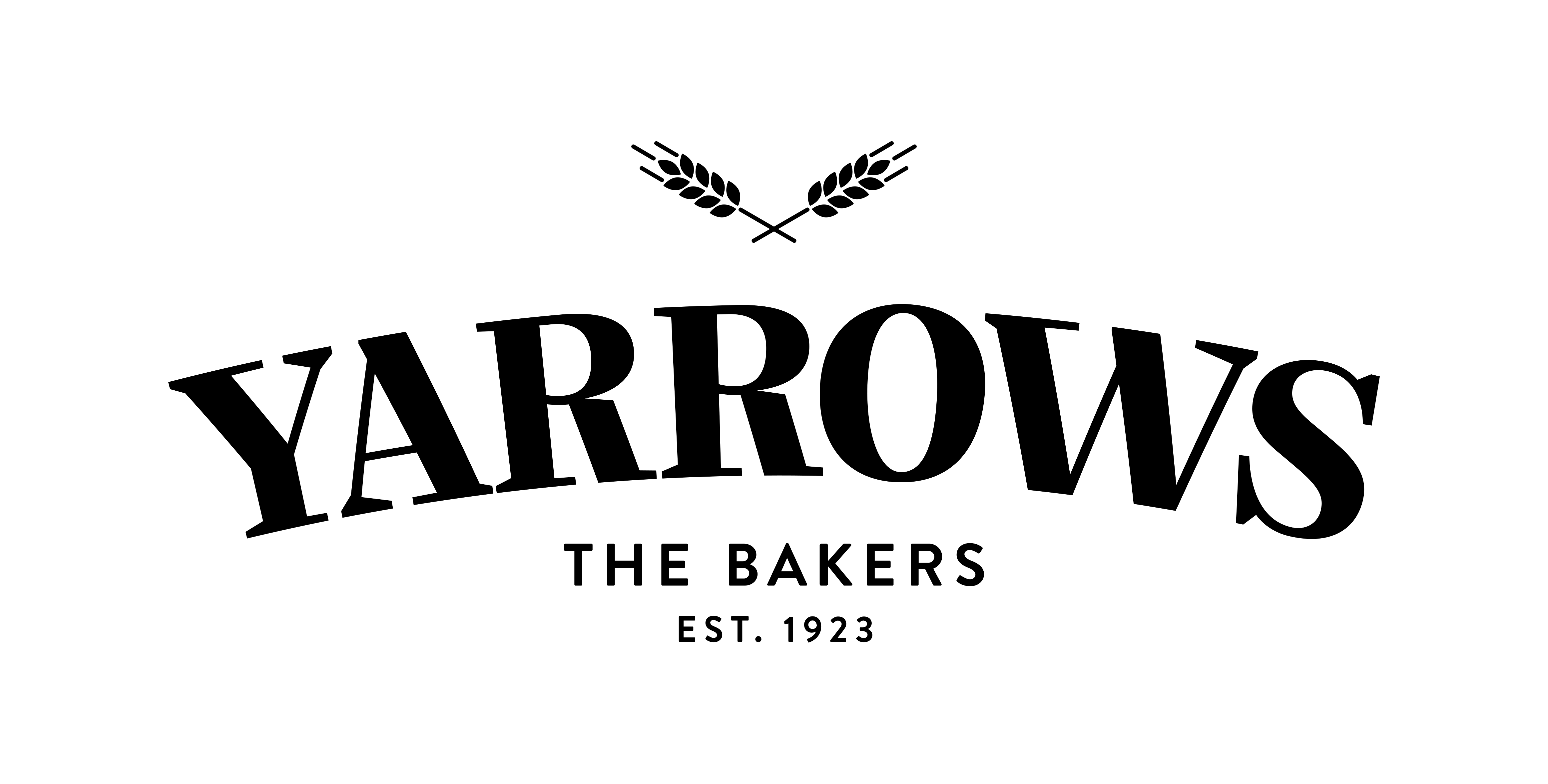






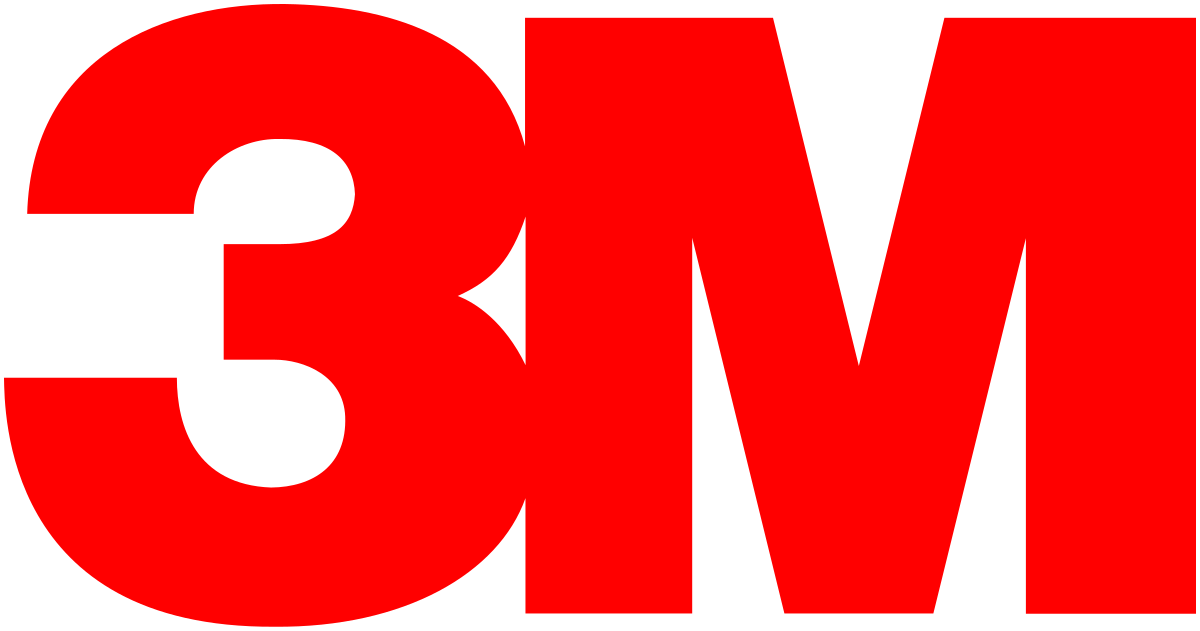









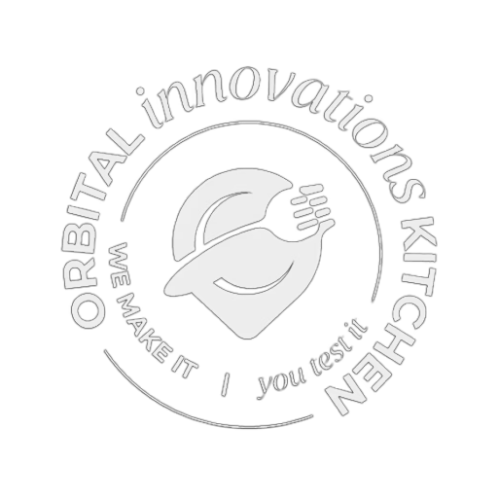
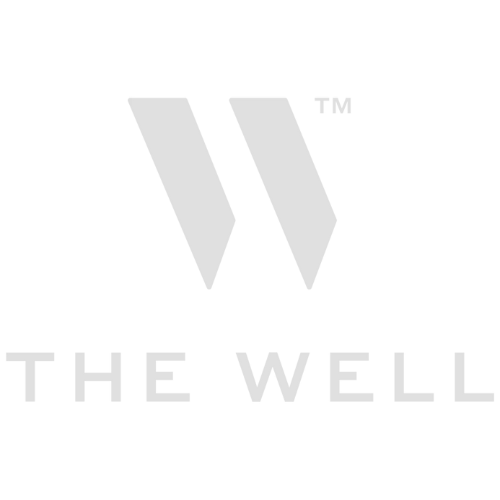

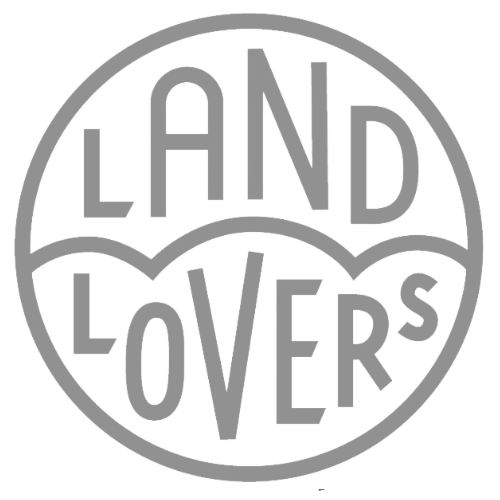




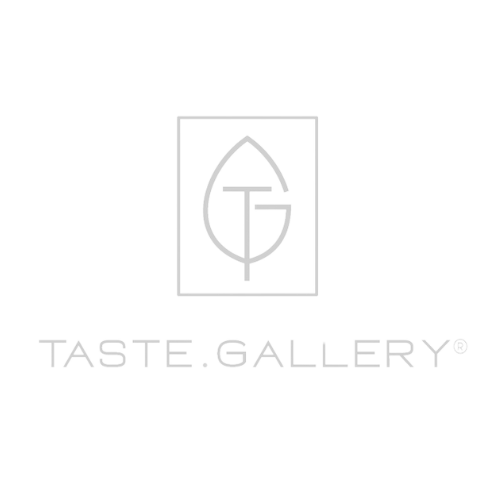


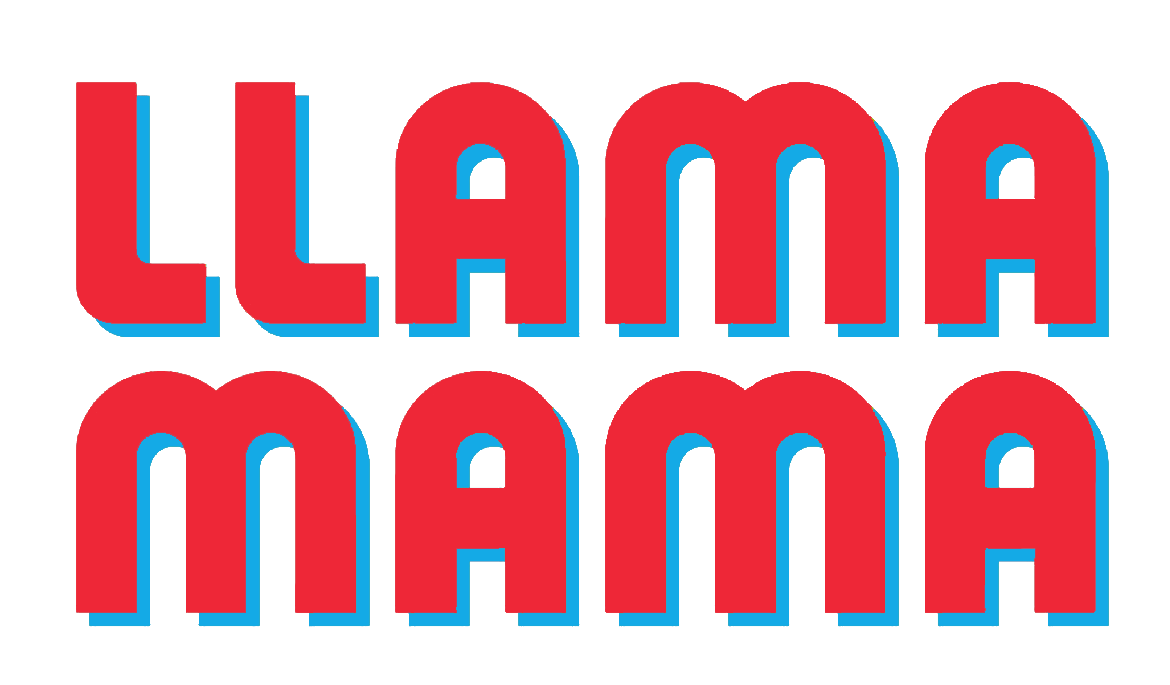








.png)






